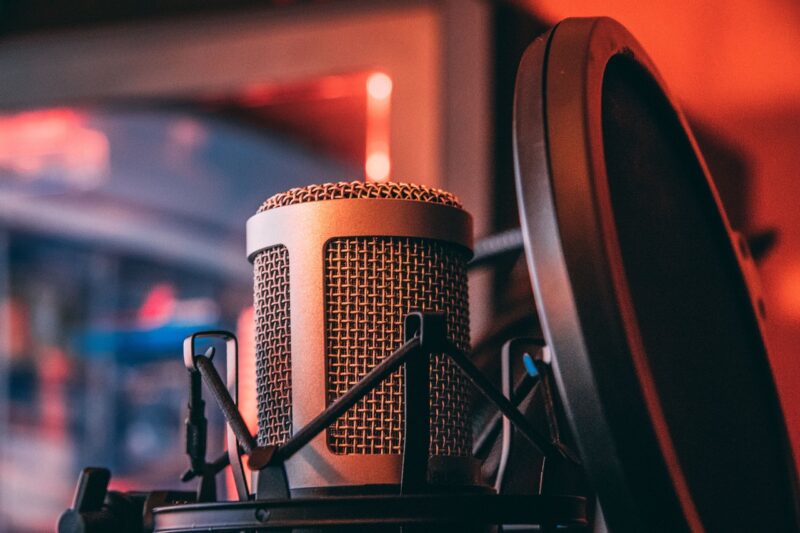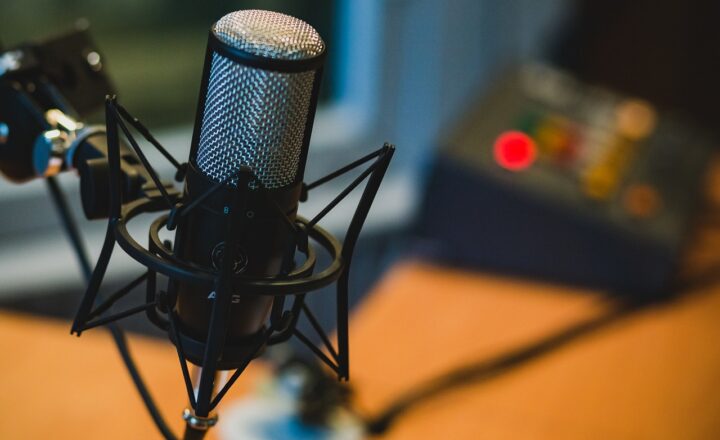How to Start Your Own Podcast: A Beginner’s Guide
November 11, 2024

Podcasting has exploded in popularity in recent years. With millions of shows available covering countless topics, it’s become a fantastic way to share your voice, connect with like-minded individuals, or even create a new revenue stream. Whether you want to discuss hobbies, interview guests, or provide expert insights, starting a podcast can be a rewarding venture. In this comprehensive guide, we’ll walk through everything you need to get started.
1. Understanding What Podcasting Is
At its core, podcasting is a form of digital audio broadcasting. Episodes are made available online, allowing listeners to stream or download them. Podcasts can take many forms:
- Interview-based: Featuring conversations with experts or interesting personalities in your field of interest.
- Narrative storytelling: Sharing serialized stories or true crime investigations that hook listeners from the very beginning.
- Educational: Offering valuable insights or discussions on topics that teach and inform your audience.
- Roundtable discussions: Hosting regular guests to discuss current events or topics of interest in a conversational format.
The beauty of podcasting lies in its diversity; you can formulate your show to fit your style, interests, and audience.
2. Planning Your Podcast Concept
Before diving into the technical aspects, you should outline your podcast concept. Consider the following elements:
- Target Audience: Who are you trying to reach? Understanding your audience will help in tailoring your content and marketing strategies.
- Podcast Name: Choose a name that reflects your podcast’s theme and is easy to remember. Check its availability on podcast platforms to ensure uniqueness.
- Format and Length: Determine how long each episode will be. Typical podcasts average between 20 minutes to an hour, but ultimately it should be based on content availability and audience preference.
- Episode Frequency: How often will you publish episodes? Whether it’s weekly, bi-weekly, or monthly, consistency is crucial for building an audience.
Documenting these points will give you clarity and direction throughout your podcasting journey.
3. Essential Equipment for Podcasting
Now let’s move to the technical requirements. The quality of your audio can make or break your podcast. Here’s a list of essential equipment:
- Microphones: A high-quality microphone is crucial. USB microphones like the Blue Yeti or dynamic microphones like the Audio-Technica AT2020 are great starting points for beginners.
- Headphones: Closed-back headphones are recommended to monitor your audio without feedback. Look for comfortable options that allow you to listen for extended periods.
- Audio Interface: If you choose an XLR microphone, you’ll need an audio interface to connect it to your computer. The Focusrite Scarlett series is a popular choice for beginners.
- Recording Software: Software like Audacity (free), GarageBand (for Mac users), or Adobe Audition (paid) can help you edit audio files easily.
Investing in quality equipment will ensure a professional sound that will appeal to your audience.
4. Recording Your First Episode
Once your concept is set and equipment ready, it’s time to record your first episode. Here’s a step-by-step process:
- Script or Outline: Although some prefer a spontaneous approach, having a script or an outline helps keep you on track during recording.
- Set Up Your Recording Environment: Find a quiet location to minimize background noise. You might consider a small room with soft furnishings that can absorb sound, improving audio quality.
- Test Your Equipment: Do sound checks before recording. Monitor levels and adjust settings to ensure a clear sound without peaking.
- Begin Recording: Speak clearly and keep a steady pace. Allow for pauses if necessary; you can cut out any mistakes during editing.
- Take Breaks: If your episode runs long, remember to take breaks to relax your voice and gather your thoughts.
Once recorded, save your file in a common format like .WAV or .MP3 for easy editing.
5. Editing Your Podcast
Editing is where you can polish your episode and remove any mistakes or unnecessary parts:
- Software Familiarization: Learn your editing software so you can effectively cut, trim, and adjust audio levels to create a smooth listening experience.
- Adding Intro/Outro Music: Consider using music to establish a signature intro and outro for your show. Make sure to use royalty-free music or obtain licenses for reproduction.
- Review and Finalize: Listen to your edited podcast from start to finish to catch any overlooked errors. Make the necessary adjustments before preparing your episode for distribution.
Editing may seem daunting at first, but with practice, you’ll find your rhythm.
6. Hosting and Distributing Your Podcast
To reach listeners, you need to host and distribute your podcast effectively:
- Choose a Podcast Hosting Service: Platforms like Libsyn, Podbean, or Anchor will store your episodes and generate an RSS feed for distribution to podcast directories.
- Submit to Directories: To reach a wider audience, submit your podcast to popular directories like Apple Podcasts, Spotify, and Google Podcasts. Follow their guidelines for submission to ensure your podcast gets listed.
- Promote Your Podcast: Share on social media, collaborate with fellow podcasters, and connect with your audience to build a following. Consider creating a website to host show notes, guest information, and contact details.
Distribution is essential for visibility; take time to engage with your listeners and build a community around your show.
7. Monetizing Your Podcast
Many podcasters find ways to monetize their shows once they’ve built an audience. Here are a few popular strategies:
- Sponsorships: Collaborate with brands to include their ads in your episodes. Be sure to only partner with brands that align with your show’s values.
- Listener Donations: Platforms like Patreon allow listeners to support your podcast directly in exchange for bonus content or other perks.
- Merchandise: Selling branded merchandise can also provide an additional revenue stream. Design and promote items that resonate with your audience.
Choose monetization strategies that align with your podcast goals and audience interests.
Conclusion
Starting your own podcast is an exciting journey, equipped with the knowledge outlined in this guide, you can confidently create and launch a podcast that resonates with audiences. Remember that it takes time to grow your listener base, so be patient, keep creating valuable content, and continuously engage with your audience. Happy podcasting!








